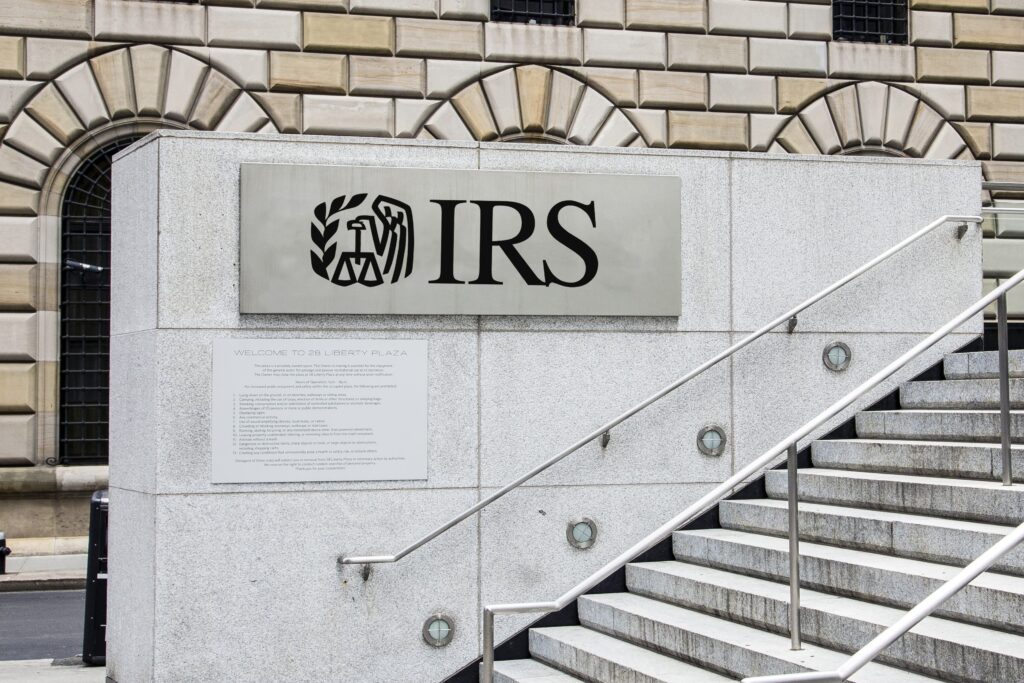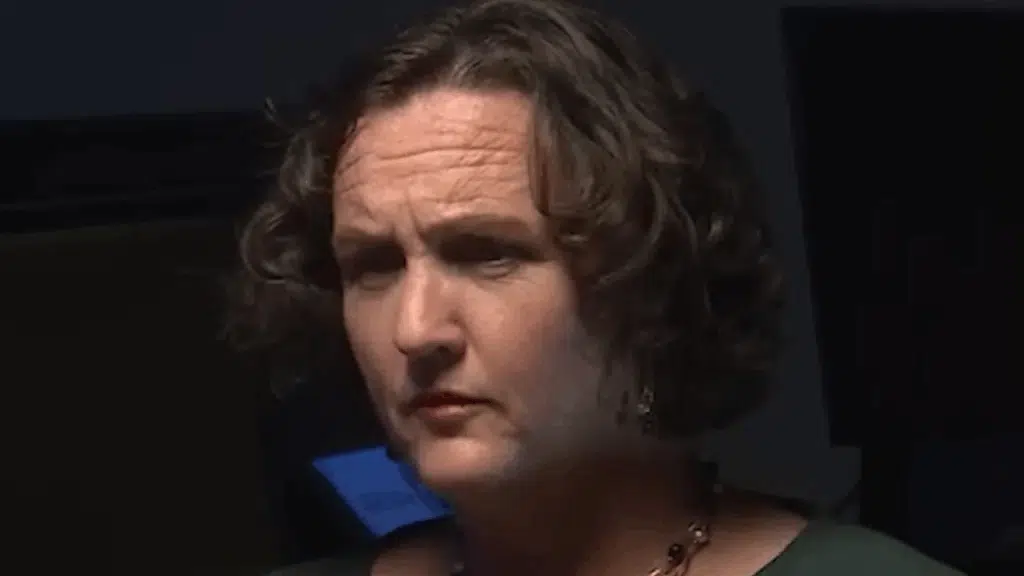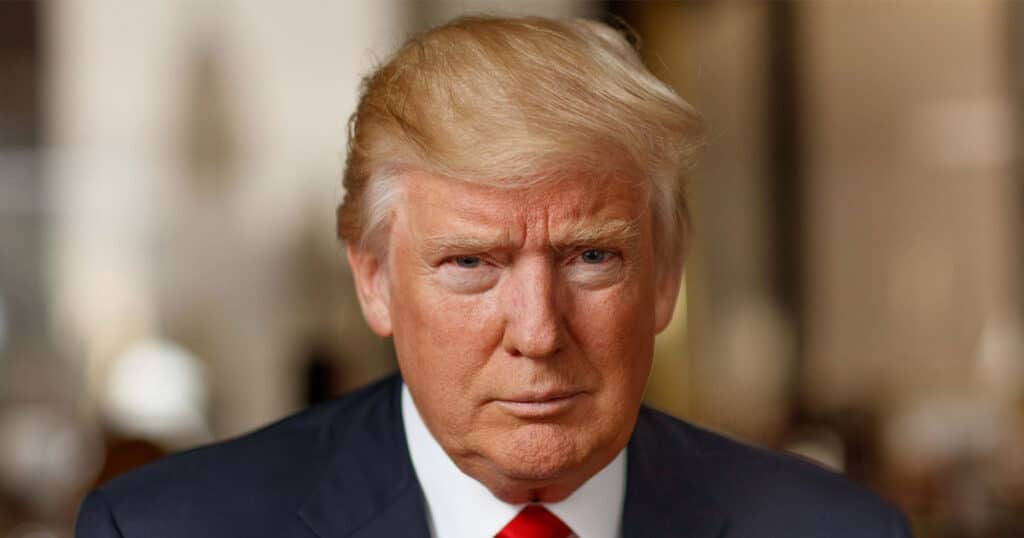
U.S. tax gap expected to grow to $688 billion
A Congressional watchdog wants the IRS to make sure it uses its $80 billion influx to address the growing U.S. tax gap – the difference between the taxes Americans pay and what they are supposed to pay.
Taxpayers pay the vast majority of federal taxes on time and without much encouragement from the IRS. U.S. taxpayers paid 85% of taxes voluntarily and on time from tax years 2014-2016, according to the agency’s latest tax gap estimate.
IRS most recently projected the tax gap will grow to $688 billion for tax year 2021. That’s enough money to fund the federal food assistance program, known as the Supplemental Nutrition Assistance Program, for 5.7 years. For additional context, the U.S. Department of Defense has asked Congress for $849.8 billion for fiscal year 2025.
Last year, Congress appropriated roughly $80 billion to the IRS through the Inflation Reduction Act to expand operational support, modernize systems, enhance customer service, and improve tax enforcement.
The U.S. Government Accountability Office, which serves as the research arm for Congress, want the IRS to connect that new funding to addressing the tax gap.
“Linking compliance strategies with data would help provide assurance that IRS is effectively allocating enforcement resources,” according to a new GAO report. “For example, the [IRS] plan does not address sole proprietor noncompliance, which is one of the largest areas of tax noncompliance.”
Sole proprietors who have little third-party reporting to the IRS are more likely not to pay what they owe.
“IRS has reported that the extent to which individual taxpayers accurately report their income is closely correlated with third-party reporting of income to taxpayers and IRS by third parties such as employers,” according to the report. “IRS uses information reporting to verify data reported by taxpayers on their tax returns. According to IRS officials, information reporting also produces indirect benefits by increasing taxpayers’ incentive to comply, because they know that IRS receives the information.”
The GAO previously recommended the IRS improve its information reporting programs, according to the report.
Individual underreporting accounts for largest share of the tax gap. According to IRS’s tax years 2014-2016 estimate, 80% of the gross tax gap – about $398 billion – is a result of income underreporting by individuals and pass-through businesses, according to the GAO report.
The GAO report said the IRS also needs to look at the underlying causes of noncompliance, which can range from simple mistakes due to the complexity of the U.S. tax code to fraud.
“IRS has not taken steps to understand the specific causes of undetected noncompliance,” according to the report.
The report noted that more needs to be done to address the tax gap.
“Taxpayers fail to pay hundreds of billions of dollars in taxes every year, and even a modest reduction in the tax gap would yield significant financial benefits,” according to the report. “However, reducing the tax gap continues to be a challenging task for IRS and Congress.”


